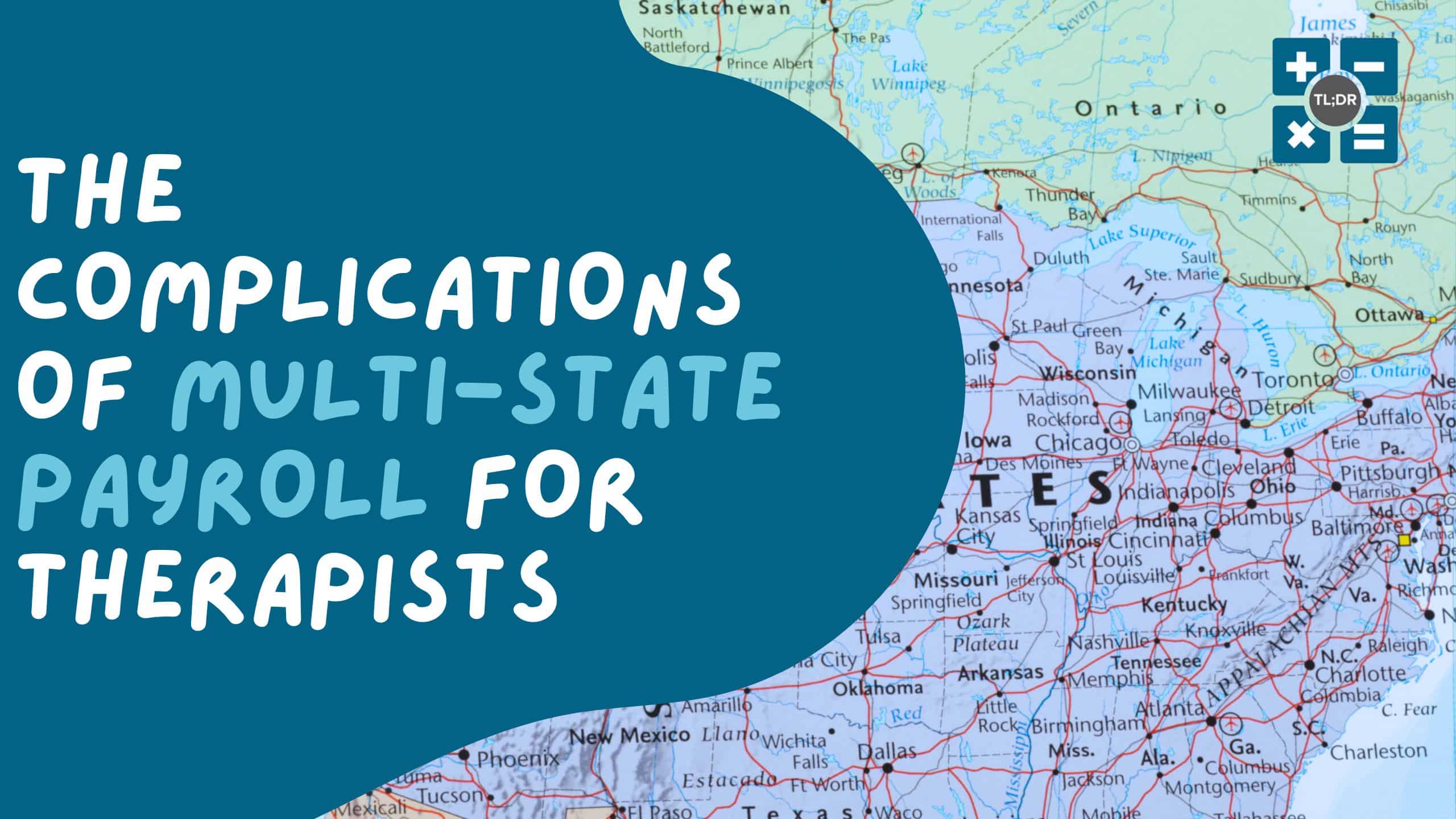The WPFML is a new mandatory insurance program administered by the Employment Security Department. The program gives eligible employees access to up to 12 weeks of paid leave to recover from a serious illness or injury, bond with a new child, or care for an aging parent or ill or injured family member. They may receive up to 16 weeks if they have events covered under both family and medical leave in the same qualifying period.
What do the benefits cover?
Paid Family and Medical Leave benefits can only be disbursed to those who have a qualifying family or medical event, such as:
Family Leave
- Care for and bond after a baby’s birth or the placement of a child younger than 18
- Care for a family member experiencing an illness or medical event
- Certain military-connected events
Medical Leave
- Care for yourself in relation to an illness or medical event
Benefits
The weekly benefit for Paid Family and Medical Leave is equivalent to the dollar amount a covered employee will receive from ESD while claiming these benefits. The dollar amount is a calculated percentage of the employee’s gross wages and is capped at $1,000 with a minimum of $100.
Premium collection begins January 1, 2019 and benefits become available January 1, 2020.
Employer Responsibilities:
Effective January 1, 2019, all Washington State employers of all sizes (with very few exceptions) will have the responsibility to:
-
- Report employee wages, hours worked, and other information for all employees.
- Collect and remit employee premiums via payroll deductions and employer contributions.
- A mandatory poster to notify employees of the program will be available before Jan. 2020. If you would like something to share with your employees prior to that, here is a flyer to distribute or post
https://paidleave.wa.gov/premium-calculator
The total premium is 0.4% of gross wages paid. To calculate the employee and employer shares under the law; the agency allows for three options:
- Employee portion: .6333%, Employer portion: .3667%
- Employee portion: .6333%, Employer portion: 0% (if <50 employees)
- Employer may opt to pay 100% of the premium
This new deduction will calculate on all 2019 checks in your payroll account created after December 17, 2018. Your payroll account will default to option 1 listed above.
Employers with fewer than 50 employees are not required to pay the employer portion of the premium but are still required to collect and remit the employee portion.
If you have an employee who you believe is exempt from this new payroll deduction please go to Taxes and Exemptions under that specific employee’s profile in your payroll account on or after January 1, 2019. Then, select the box for WA Paid Family and Medical Leave.
Please visit the Washington Paid Family & Medical Leave Help for Employers web site for important additional information.
Who’s eligible for WPFML benefits?
To qualify for Paid Family and Medical Leave, you must work 820 hours or more in the qualifying period. The qualifying period is either:
-
- The first four of the last five completed calendar quarters; or
- The last four completed calendar quarters
All Washington employers, including out-of-state employers with Washington employees, are required to participate with few exceptions.
Exceptions:
-
- Self employed individuals (may opt-in)
- Federal Employees
- Federally Recognized Tribes (may opt-in)
- People who work temporarily in Washington (Example: Utility worker helping after a storm)
Temporary waivers for out-of-state employees:
Employers may apply for a conditional waiver for their workers when they meet these three conditions:
-
- Physically based outside of the state;
- Employed in the state on a limited or temporary work schedule; and
- Not expected to be employed in the state for eight hundred twenty hours or more in a qualifying period.
In-state vs. out-of-state employees:
An employee is included in Paid Family and Medical Leave when:
-
- All of the employee’s work is performed in Washington; or
- Most of the employee’s work or services are done in Washington, but some of the work is done temporarily out-of-state.
When work is not located in any state, the worker must participate when:
-
- The base of operations is in Washington; or
- If there is no base of operations, but the place where services are directed is in Washington; or
- There is no base of operations, no place where services are directed, but the worker lives in Washington.
TL;DR: Gusto’s default is opting your employees in, including the employer portion. Let us know if you want to opt out on the employer portion.






